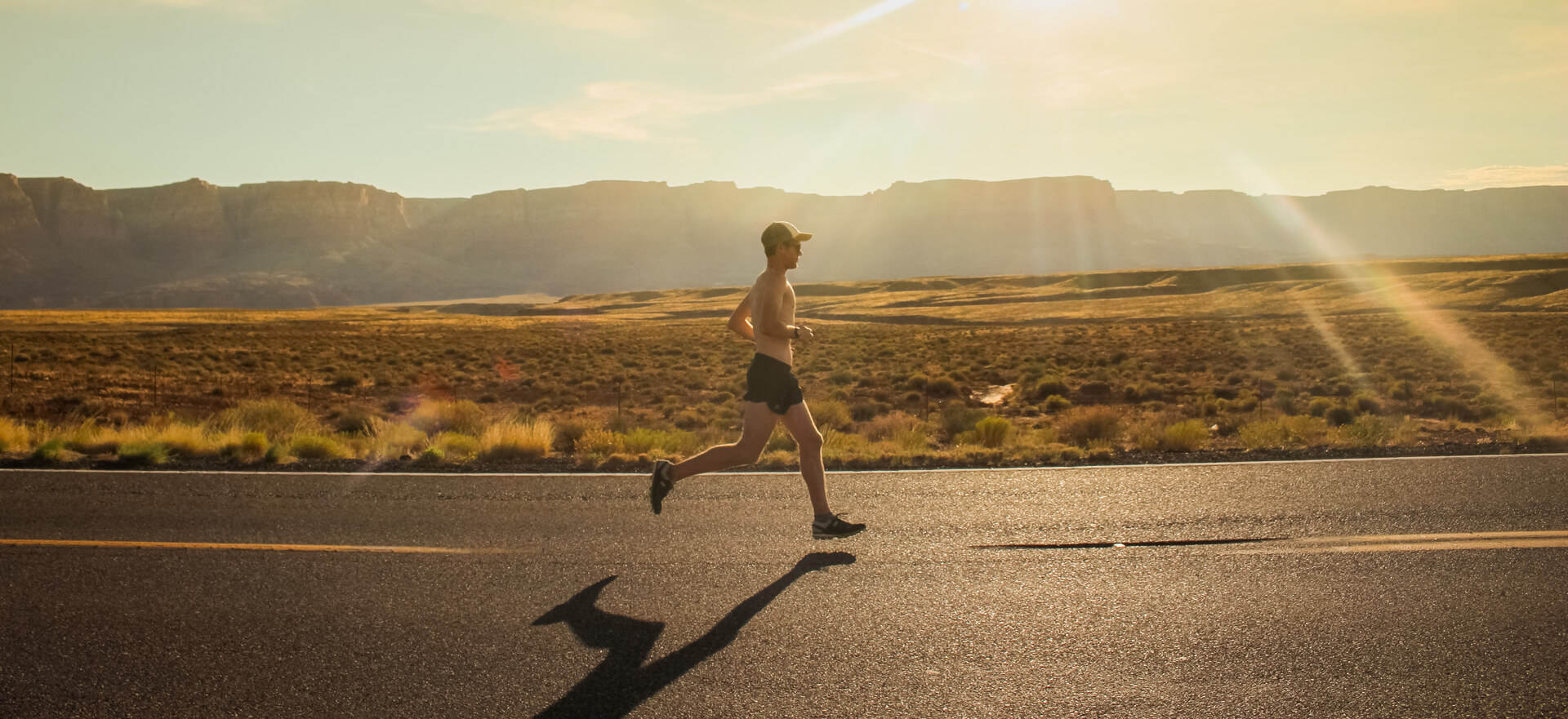
istockphoto.com / gpointstudio + blanaru
I encourage all of my clients who are training for performance in any sport to use Olympic lifting movements because of their potential for power development: explosive runners will be able to run faster race times. This is why it’s kept in all of my runner’s programmes – from sprint to distance athletes.
The traditional lifts – snatch and clean and jerk – are very skilled-based, so if I don’t have time to coach the full lifts I will use variations to get the athlete more powerful in a short training block.
Complete the exercises as a circuit, with 10 seconds rest between each move. Complete three to four sets of the circuit, increasing the weight slightly with each set, and rest two to three minutes between sets.
1 SNATCH PULL
2-5 reps at around 80-90% of one-rep max (1RM)
The snatch pull is an important exercise for the extension of the full snatch for strength and power. Start with a snatch starting position; hands gripped wide on the bar, back should be neutral and tight with the head looking up. Keep shoulders over the bar, with the bar staying close to the body as you accelerate it aggressively vertically.
2 CLEAN PULL
2-5 reps at around 80-90% of 1RM
The clean pull is a similar set up to the snatch pull, however the hands are gripped closer together on the barbell. For a clean grip I want a thumb’s width away from the smooth part of the barbell. You should be lifting heavier loads for the clean pull than the snatch pulls, make sure you move fast.
3 SNATCH DEADLIFT
4sets x5 reps
The snatch deadlift is used to develop strength in the pull of the snatch. Using a heavier load than with the snatch pulls, the starting position should be a neutral spine with the head up and legs pushed hard against the floor. Weight should be shifted towards the heels and shoulders should be over the bar. Stand up with the bar, making sure the back stays tight.
4 FRONT SQUAT OLYMPIC STYLE
4 sets x 5 reps
The front squat is a strength building exercise. Not only will this build leg strength but it will also improve trunk (core) strength and improve mobility at the ankle and hips. The barbell should be placed in the clean rack position – not a bodybuilding style with hands crossed over. Feet should be around hip/shoulder-width apart with toes turned slightly outwards.
Begin the descent with a tight core and upright posture while trying to maintain good alignment of the ankle, knee and hip. Go as low as you can with a neutral spine and stand up as fast as possible.
Joe Peat runs training camps on various weekends in the City of London. For more information, head to joepeat.com and follow Joe on Instagram: @joepeat1






